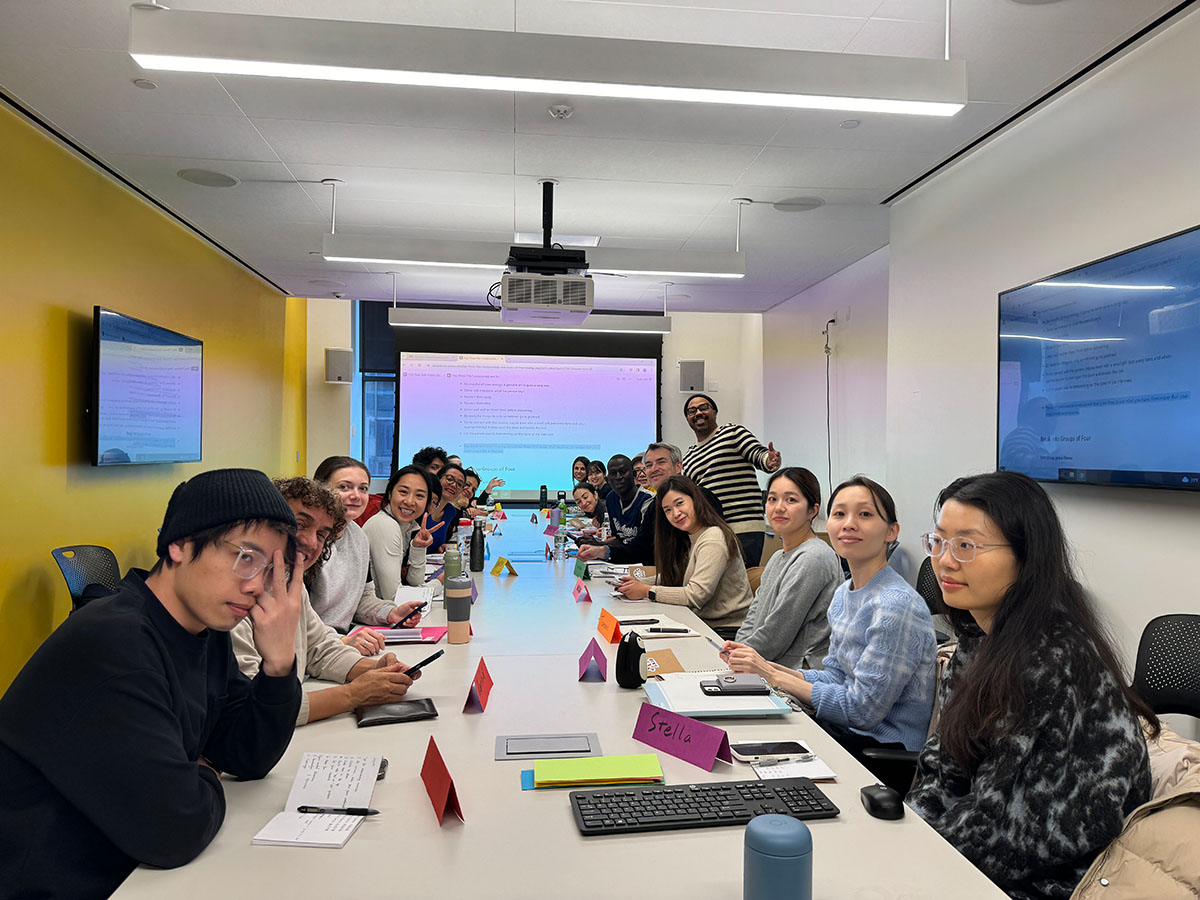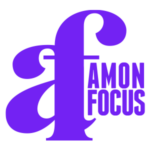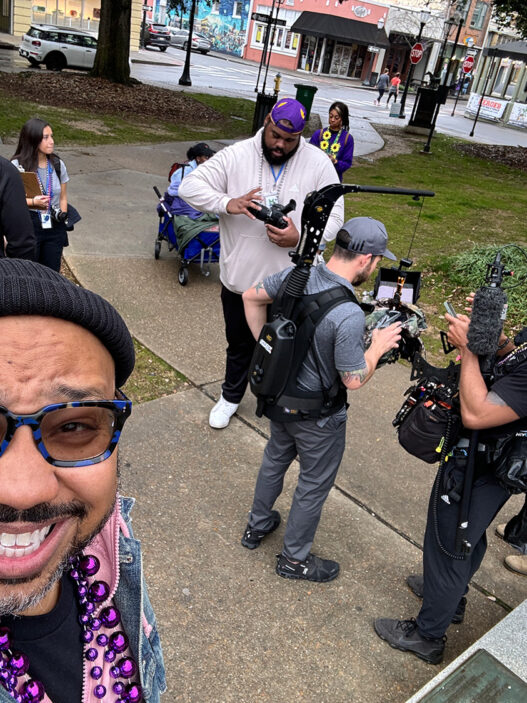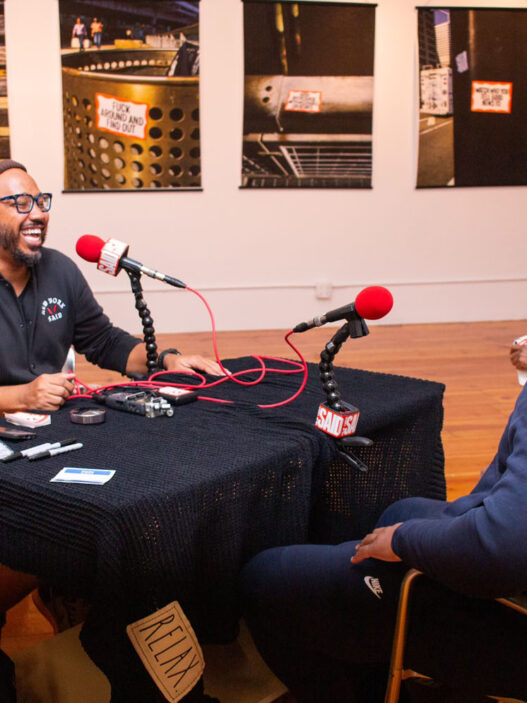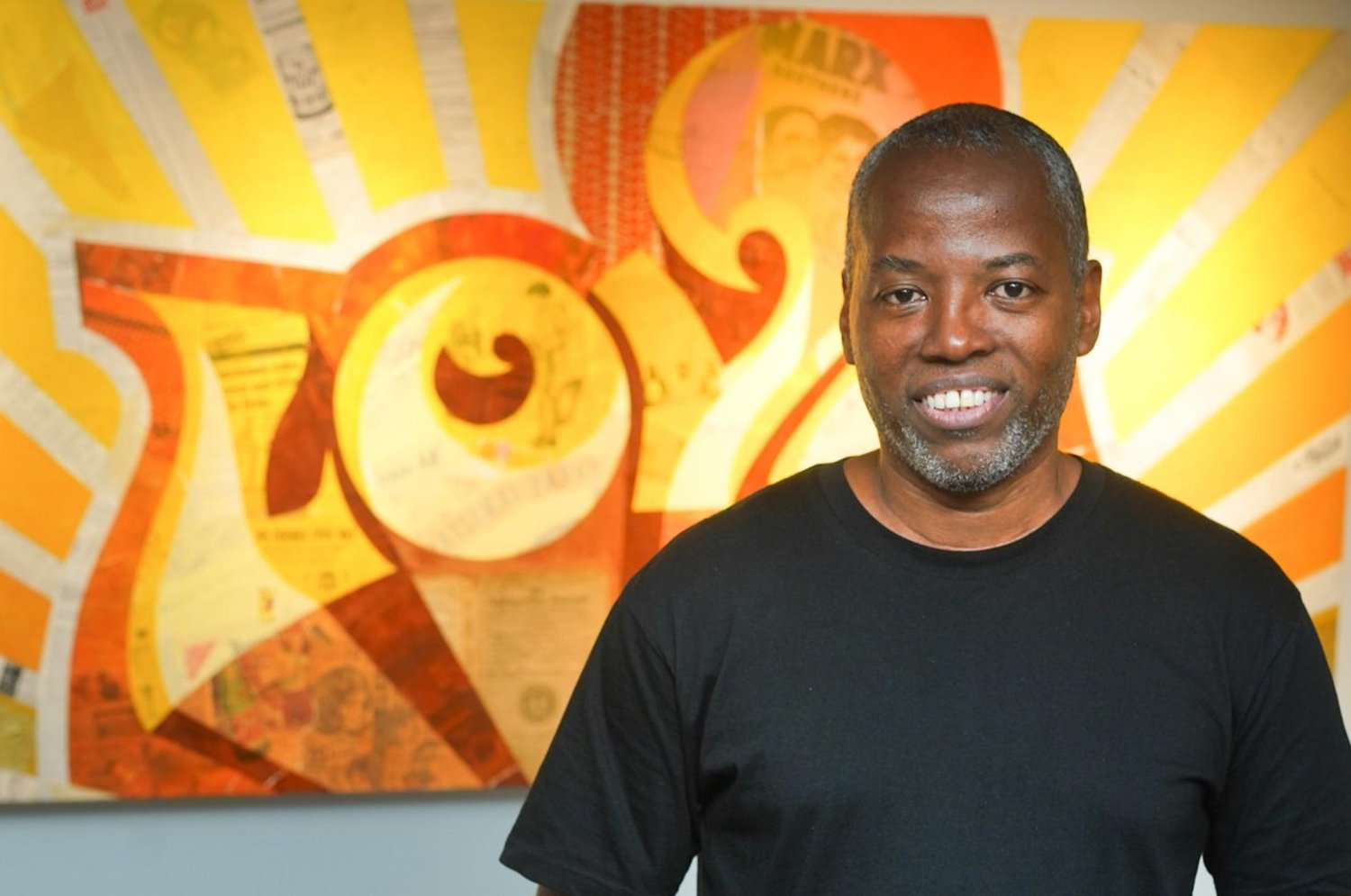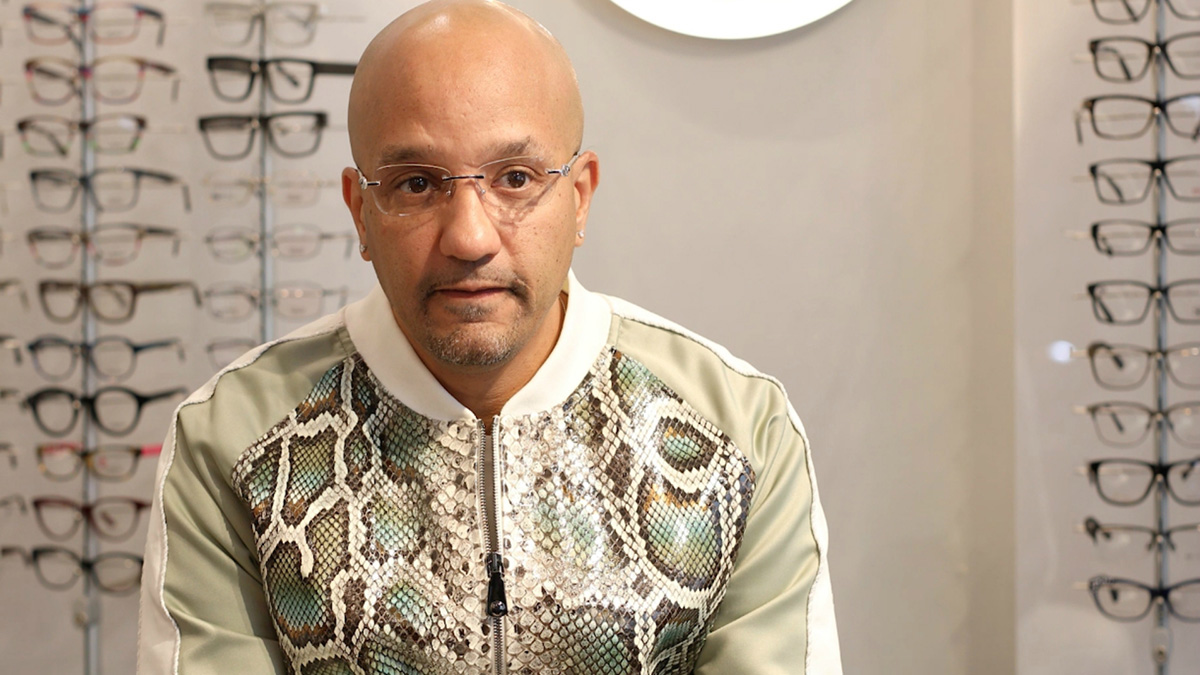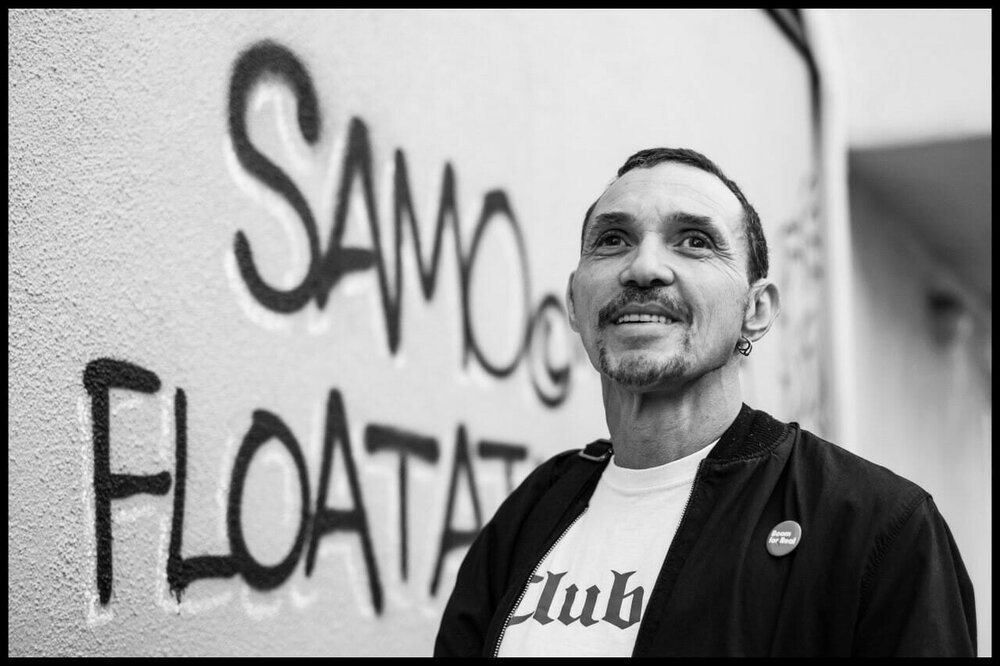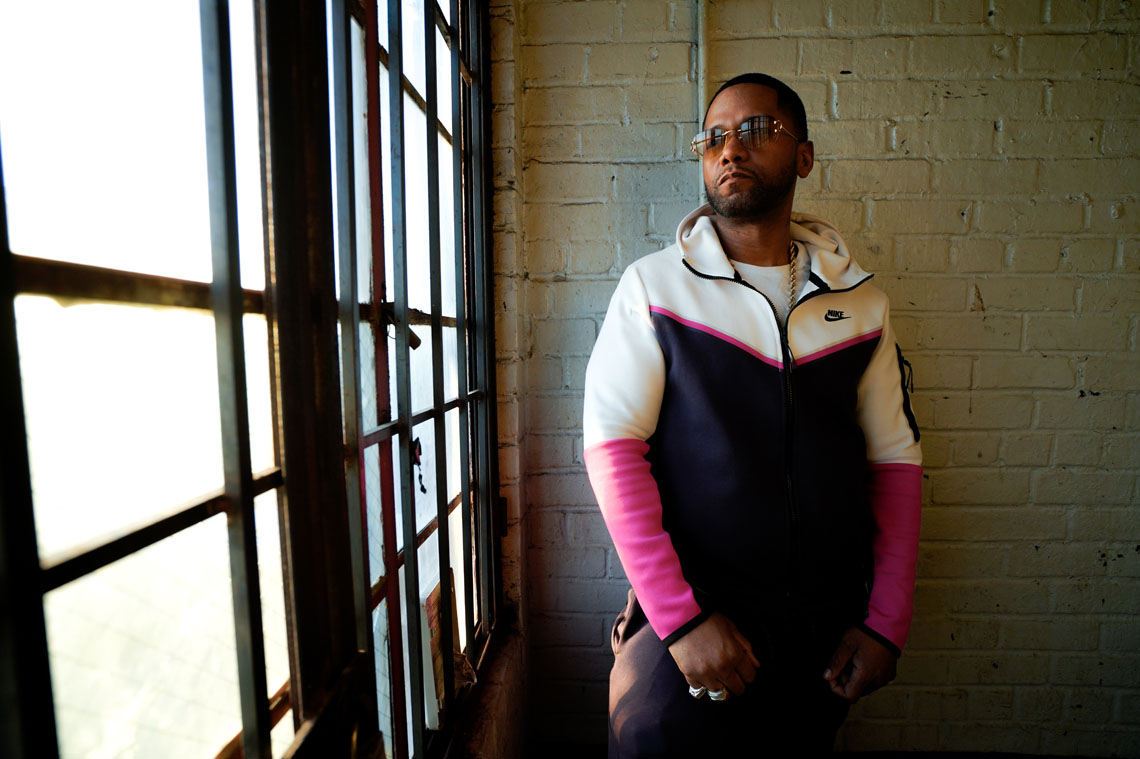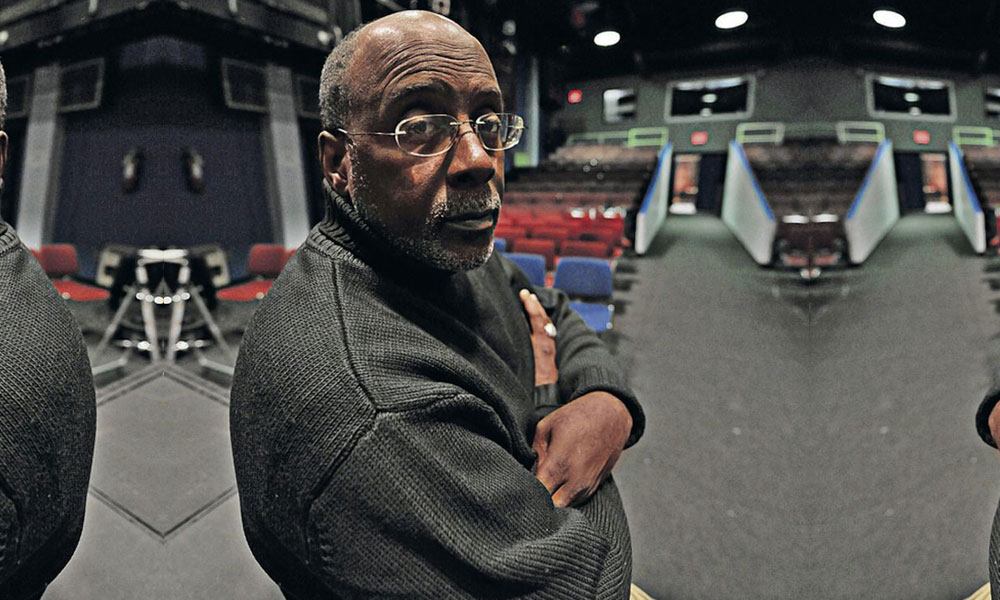Storytime
Client: NYPL | Role: Creator and Instructor | Class Notes: May 2025
For ten years, I’ve been running the project New York Said. The project’s email inbox is a mixed bag of website revamp ideas, guest appearance pitches, and the occasional email that sounds too good to be true.
And that’s precisely what happened with the New York Public Library (NYPL), a place I deeply cherish. I’ve had a library card practically my entire life and adore everything they do: reading, audiobooks, programs, and their stunning locations. From Fifth Avenue to Schaumburg, I’m a huge fan, especially of the art exhibitions at the Stephen A. Schwarzman building.
So, when I got an email with the subject “Invitation to Partner,” my heart skipped a beat. Intrigued, I read that the NYPL wanted to develop a storytelling class for English learners from scratch, and they wanted me on board. I was ecstatic – the significance wasn’t lost on me. I replied immediately.
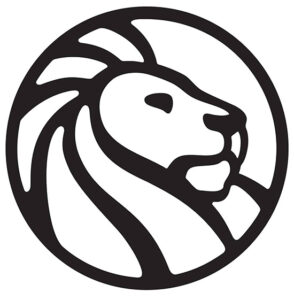
Developing the Class
The NYPL’s Adult Programming team was working on a pilot program: an English literacy and podcasting class designed to help English learners tell their stories. I was asked to create a three-week program on storytelling and interviewing that would complement the TechConnect team’s focus on the technical aspects of podcasting, such as microphones, audio recorders, and post-production.
After accepting, I had a very informative and helpful video call with an Adult Programming manager. We discussed their exact needs, and I drafted the program for approval. I was ready to start once they approved the curriculum for days one, two, and three. They requested two changes to the curriculum I submitted. After making the updates, the class was green lit.
Setting Up for Success
To avoid surprises, I placed the syllabus on Notion, a user-friendly platform for organizing large amounts of information. My goal was to tailor storytelling and interviewing materials for an English as a Second Language (ESL) audience, with a mix of presentations and interactive elements for easy application.
As a big believer in using media to keep things interesting, I planned to show videos, films, and photos throughout the class. I also wanted to create an immersive experience with opportunities to practice English by telling stories. Different themes were planned for each day.
Some members of my family who are educators sometimes have to spend their own money to enhance their students’ learning experience. Inspired by their dedication, I purchased 48 blank journals for the class. The goal was to allow the students to use them as a dedicated source for notes, ideas, book recommendations, and anything else that came up in class. Once the journals arrived, another thought struck: New York Said stickers! A touch of personalization and a connection to my project.
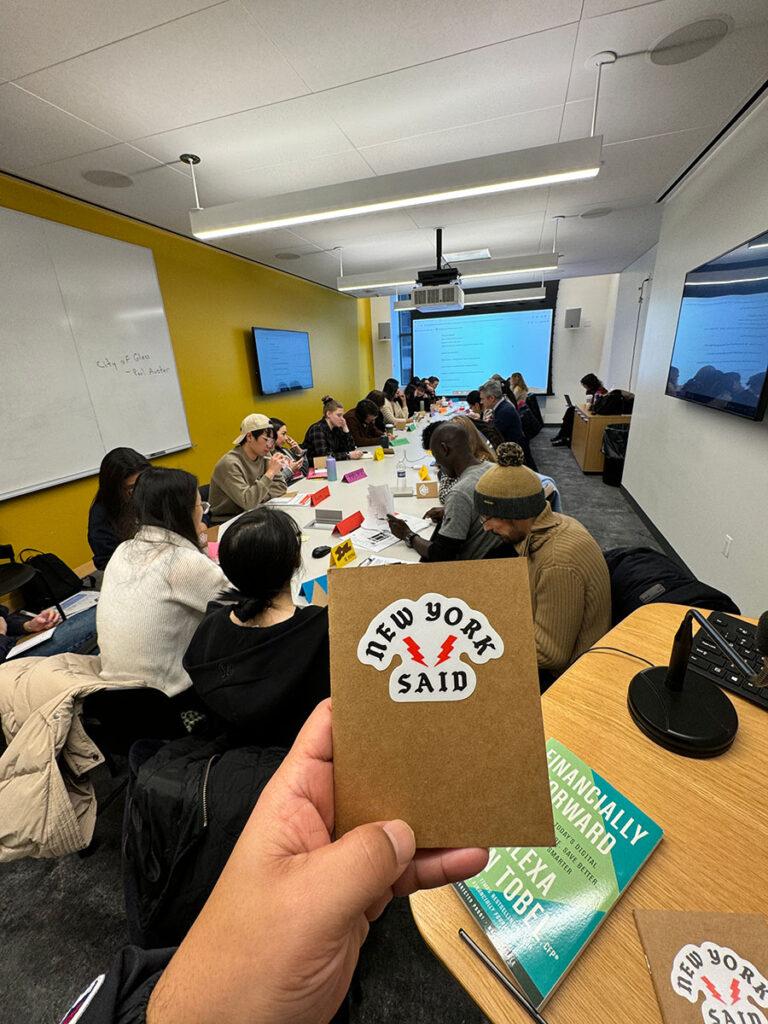
Week One: Introductions and Building the Foundation
This three-week program meant meeting on Wednesdays from 2 to 4 pm, so I had about two hours to make a real impact.
My teaching style is friendly and engaging, but I also believe in hands-on learning. So, for storytelling and interviewing, we’d practice. We’d learn how to tell stories – it sounds simple, but getting into the habit and having guidance is critical. I would guide them by actively listening and asking follow-up questions.
With 30 students representing multiple countries, including Senegal, Italy, Brazil, Ukraine, South Korea, China, Japan, and others, getting to know everyone quickly was challenging. We started with introductions, and I asked everyone to share something they really liked.
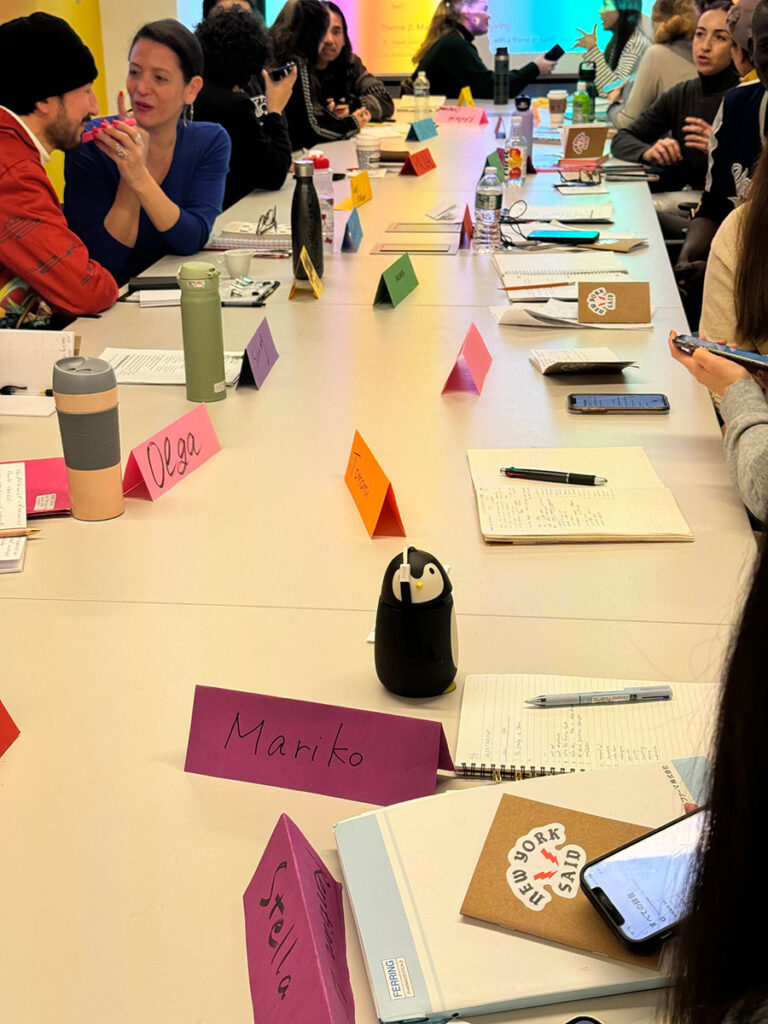
To break the ice, I went first: “Hey, my name is Amon, and I really, really, really like coffee. Good coffee, black, no sugar or cream needed. That’s how much I love it!” Then, I went around the room, asking everyone their name and what they liked. The variety of answers we got – travel, writing, martial arts, making art, reading books – allowed me to ask follow-up questions like what they were reading or if they could recommend a book. I’d write it on the whiteboard and suggest they do the same in their journals.
Something as simple as “What do you really like?” revealed personality glimpses. Shared interests started building connections across the table. Instruments, the gym, martial arts – there was surprising overlap.
After the introductions, I asked everyone to think about a life-changing story and write the idea in one sentence in their journals. After reflecting, I went around the room for brief story ideas. Then, to showcase storytelling informality, I shared a story about a life-changing airplane ride.
Next, they broke into small groups to share their story ideas, brainstorming for outlines and fleshing out narratives. I showed them some pre-recorded New York Said videos and answered questions. We reviewed the day’s activities and previewed day two.
Week Two: Deepening the Craft
Day two was built upon day one. We reviewed storytelling basics, and then I randomly chose three people to share their full stories—their participation on day one helped gauge comfort levels.
One standout story came from Sonny, who lived in a small Chinese town. She dreamt of learning kung fu as a child, but lessons were out of reach. Finally, when her family could afford it, her talent shone. She won championships, earning enough to continue training, and eventually became a champion, winning several competitions throughout her career. This was just one of the many incredible stories I learned from my students.
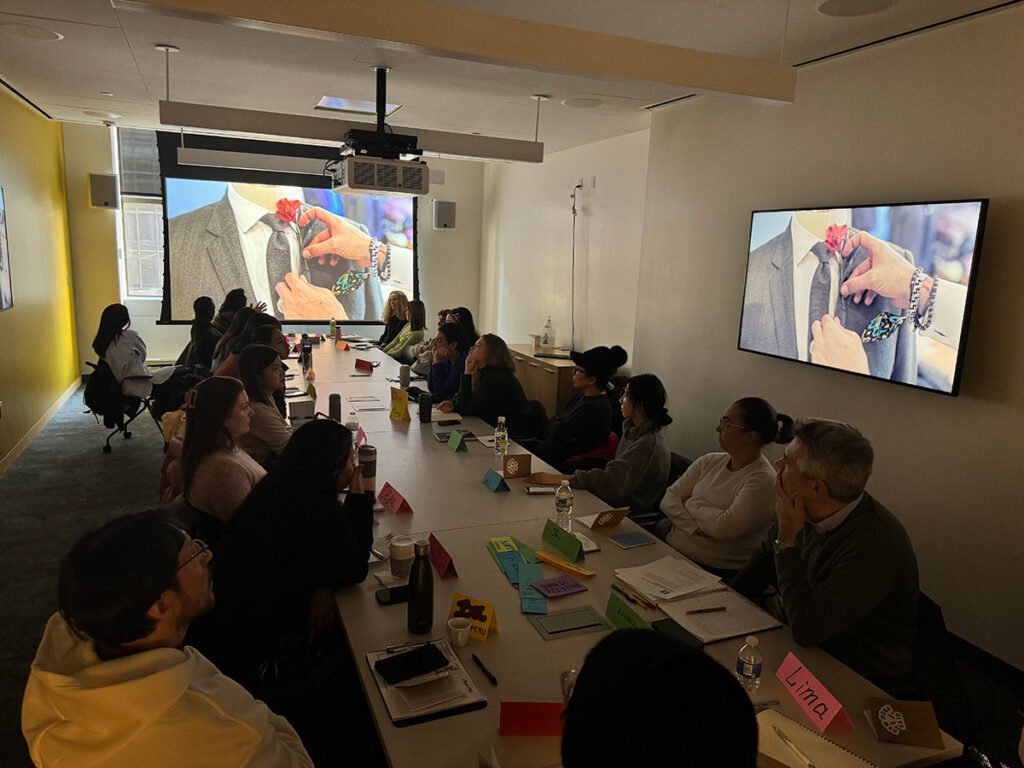
After those stories, I showed them a documentary about my friend Alexander Sumner, a bespoke clothing maker in New York City. It served as an example of interviewing styles and storytelling techniques, showcasing what could happen when someone interviews you for your story with the element of video production.
The class was then divided into eight groups, four people in each group, and everyone shared their stories. This gave them over 30 minutes to share and practice their English. We watched another film, and I assigned them to study interviewing techniques for homework to prepare for the final day’s interview focus. I suggested they check out shows like NPR’s Terry Gross on “Fresh Air,” YouTube videos, and interviews by Oprah and Larry King to give them a good understanding before class three.
Week Three: Putting It All Together
The third and final day began with a review of the past two weeks. I brought in some equipment to demonstrate podcasting and interviewing possibilities – a simple tripod showing mobile recording was achievable. I invited a student up front and used my phone’s voice memo app to interview them for five minutes in front of the class. After the Q&A, I explained, “This is how a podcast is recorded! This audio can be uploaded and shared if you choose.”
We then went deep into interviewing specifics: introductions, appropriate length, different styles, and critical points to remember. Afterward, I showed them additional interview videos I had shot using various styles. They formed groups of four again, and each group was assigned a set of themed interview questions that I provided on printouts. After 20-30 minutes of interviewing, I went from group to group, asking follow-up questions and facilitating discussions about what they had learned about each other. This exposed everyone to diverse approaches and interview outcomes.
Finally, for the last activity, everyone paired up in twos. The instructions were simple: interview each other for ten minutes using their smartphone’s voice memo apps. Then, we’d switch roles. This activity was a hit. Engaged and deeply interested, everyone learned a lot about each other through these final projects, getting valuable practice using their English with someone they’d grown to know for three weeks.
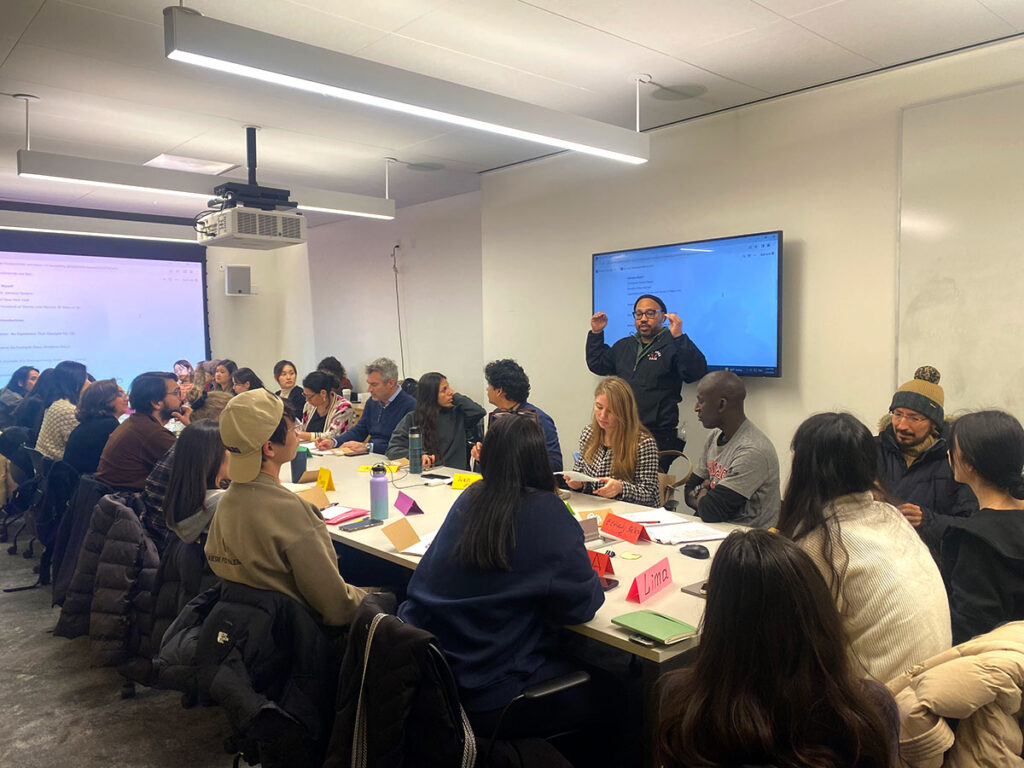
A Rewarding Collaboration
Partnering with the New York Public Library has been one of the most fulfilling collaborations ever. Interacting, learning, laughing, sharing experiences, and listening to everyone’s stories was heartwarming. It wasn’t a one-sided street; I learned from them as much as they learned from me.
Once the classes were complete, a few weeks later, I received overwhelmingly positive feedback from the New York Public Library, the students, and the faculty. They invited me back for another three sessions in the Spring. Life is good.
Thanks for walking with me.







